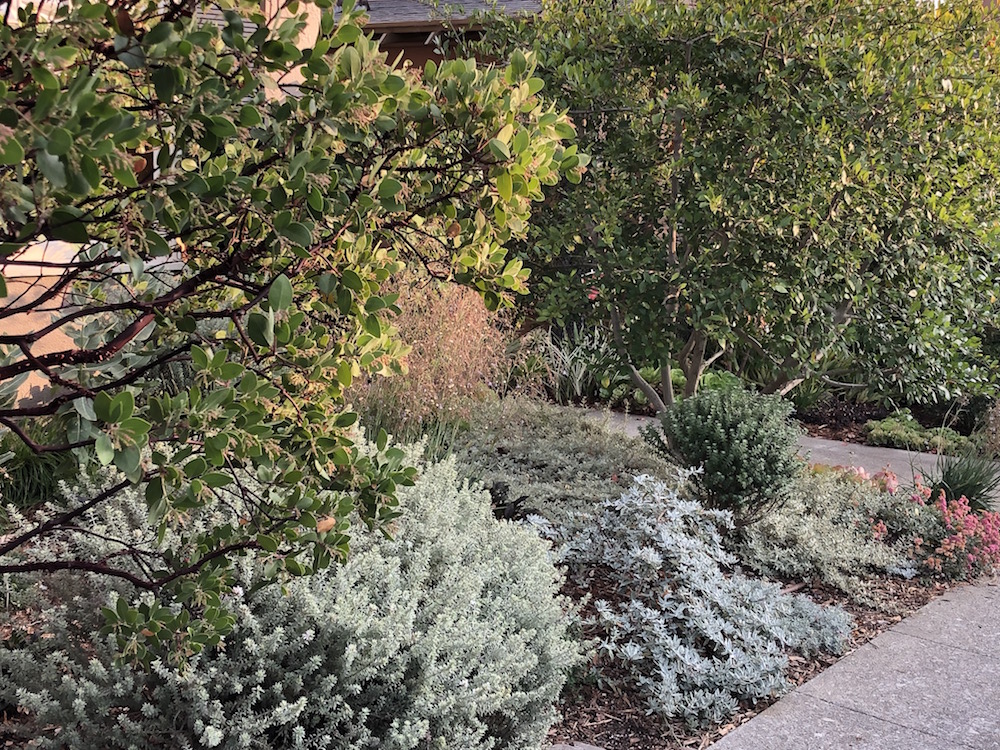In the face of California’s current, severe drought, Piedmont Connect is hosting two events focused on saving outdoor water. First, from Saturday, Sept. 25 through Sunday, Oct. 3, Connect will sponsor a self-guided tour of Piedmont front gardens that include drought-tolerant and native plants. Participating gardens will be announced at the Piedmont Harvest Festival on Sunday, Sept. 19. Maps and garden descriptions will be available at www.piedmontconnect.org.
Then, on Thursday, Sept. 30, Connect and the City of Piedmont will host a virtual event, “Living with Drought,” from 7 to 8:15 p.m. The event will feature a speaker from Our Water Our World explaining techniques for outdoor water conservation, as well as presentations from Piedmont residents who have transformed their landscapes to reduce water use, replenish groundwater, enhance our local biosphere and eliminate fossil fuel emissions. To learn more about water reduction options, get ideas, ask questions, and explore methods used by other Piedmont residents, access the link for the Zoom event at www.piedmontconnect.org. A link to access an event recording will be available after the event.
According to a 2019 Public Policy Institute of California report, 50% of California’s residential water is used for landscaping, primarily for water-intensive lawns. In order to meet Gov. Gavin Newsom’s drought declaration goal of reducing household water use by 15 percent, the report states that “in urban areas, the greatest potential for further water savings lies in long-term reductions in landscape irrigation — a shift requiring changes in plantings and watering habits.”
A number of Piedmont residents are heeding the governor’s call by curtailing sprinklers and letting their lawns turn a tawny-gold. Some are augmenting their landscapes with California native flora that need little water, are deep-rooted to impede erosion and sequester carbon, are disease-resistant, and harbor an array of life forms.
A trip around Piedmont also reveals that residents are beginning to discover the wide variety of native grasses suitable to our geographic setting. These include grasses that flourish in sandy/loamy soil, and others adapted to heavier clay, as well as grasses that prefer full sun and those adapted to shade or dappled light. Some grasses grow around East Bay native oaks, and others can be mowed to mimic a conventional lawn or grown with native, annual herbaceous flowers and/or low perennial flowering shrubs to approximate a meadow setting. If native grasses are allowed to flower, resident and migratory birds will feed on the seedheads later in the year and/or collect stems for nesting material. There are also options for planting low-maintenance native groundcovers that support moths and butterflies, prevent soil erosion, and are fire-resistant.
Piedmonters are invited to take the self-guided tour to view these example gardens where residents have curtailed outdoor water use and then to learn more from garden experts and residents at the “Living with Drought” Zoom event on Sept 30. Visit www.piedmontconnect.org for more details about these events and to find more water-saving and drought adaptation tips.
